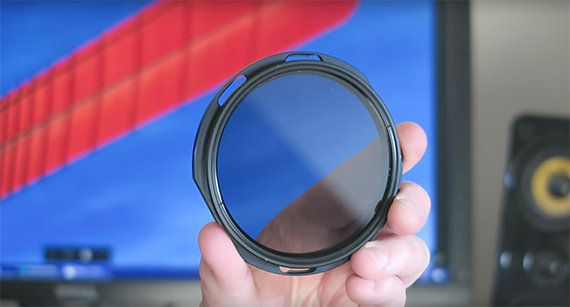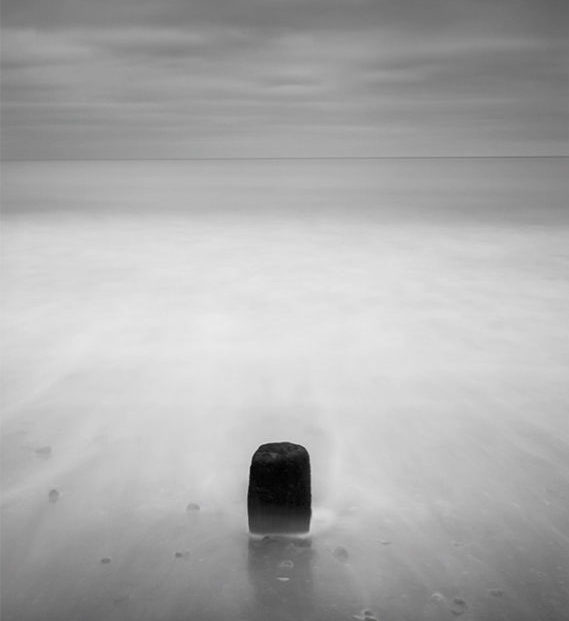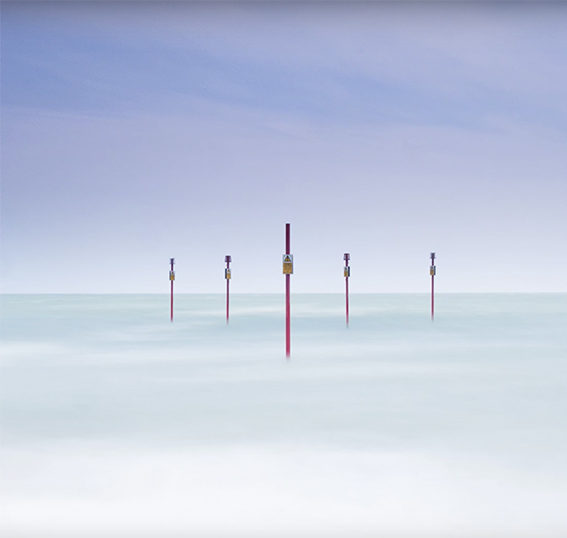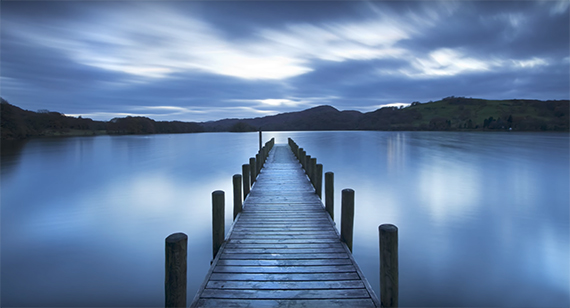Ever wonder how professional photographers manage to get dreamy daytime blurs without overexposing their images? Believe it or not, achieving this effect is actually pretty simple. As photographer Craig Roberts explains, one small tool makes all the difference:

Neutral density (ND) filters primarily serve to muffle wavelengths as they pass through a camera’s lens. In turn, this limits the amount of light that makes it into a photograph.
One of the most common types of ND filters is the polarizer. Generally, polarizing filters are used to add contrast, increase color saturation, or reduce glare. However, while accomplishing these tasks, some light is absorbed by the polarizer. As a result, a wider aperture, a lower ISO, or a slower shutter speed has to be utilized in order to properly expose the scene. For those experimenting with the capabilities of an ND filter, a polarizer is an excellent starting point.
From there, ND filters are measured by how many stops they bring an exposure down. As you might expect, a three stop ND filter brings the light passing through the camera down by three stops. Different filters can be used in conjunction with one another to amplify their power and overall density. For instance, a three stop ND filter combined with a six stop ND filter will bring a shot’s exposure down by a full nine stops.
Once you hit the ten stop mark, you’ll begin to see some dramatic differences taking place in your images. Time starts to slow down, and it becomes necessary to use exposures beyond one minute to get everything properly lit. If you’re limited with how much you can adjust your aperture and ISO, you may even want to consider playing around with 15 stop ND filters and beyond.
But what exactly is the benefit of making a long exposure during daylight hours with plenty of available light? Primarily, ND filters allow photographers to get creative with their settings and manipulate their environment as they see fit. The colors of moving objects, like bodies of water and clouds, bleed into one another as definition starts to disappear in ripples and outlines. In urban settings, crowds and traffic can be reduced to a blur to emphasize the hustle and bustle of the environment. Even power stations can suddenly become infinitely more interesting when a long exposure is applied.
What’s more, long exposures made with the aid of ND filters minimize the elements happening within a composition, cultivating a sense of calm and adding impact to scene that might not be working with much otherwise.
All that being said, think carefully about where and when you apply an ND filter. Thoughtlessly placing one over your camera’s front element and expecting magic to happen is a fast track to disappointment. Instead, think carefully about how the moving elements within your photograph will be impacted. Determine just how long you’ll have to keep your shutter open to get the dreamy results that you want. And, perhaps more importantly, get creative. This tool is one that allows you to create otherworldly, seemingly impossible images. Take full advantage of what it has to offer.
“ND filters are a great way to bring creativity into your images. They extend exposure, and allow time and movement to rush through your image, creating exciting and ethereal effects.”
Like This Article?
Don't Miss The Next One!
Join over 100,000 photographers of all experience levels who receive our free photography tips and articles to stay current:










Leave a Reply